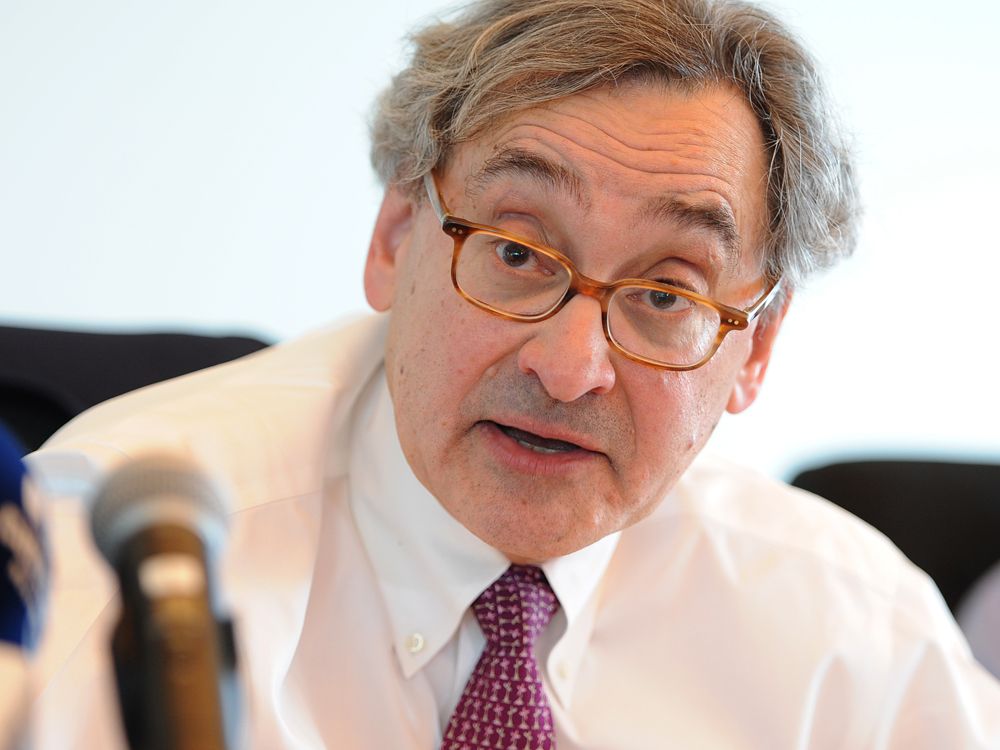Do you really think that a bank which has been set up to bring public infrastructure projects and private investors together would not prepare multiple scenarios to adjust their pitch
And to all people who obsess here about "low-hanging fruits", I would like to hear your answers for the following questions:
- How is the Benefit-Cost Ratio (BCR) calculated for a given project?
- How is the Internal Rate of Return (IRR) calculated for a given project?
- What are the main determinants of the BCR and IRR for HFR?
- How do the BCR and the IRR change if you harvest the "low-hanging" fruits (i.e. by spending the $91.5 million on OTTW-MTRL) before HFR gets approved and funded?
I also have questions for those who believe that HFR is not ambitious enough:
- What are the main determinants of the BCR and IRR for HSR?
- How does every additional minute shaved off from the HFR travel time affect the BCR and IRR for HSR?
- How does double-tracking or electrification of HFR affect the BCR and IRR for HSR?
To be clear, like
@kEiThZ, I trust VIA fully, and I admire those (YDS being one) who conceived and propelled this proposal through the eye of the needle. When all else has failed, this may come to be. That’s impressive. Also to be clear, I have never argued for HSR. If you scan back through this thread, I tried to speak about HxR, the point being what we need are BT - better trains - and not replicating some other country’s trophy railway.
As to those questions - I don’t know the detailed methodology, but I do appreciate the need to have in hand very good answers to such when one approaches one’s Board seeking large amounts of capital to propose a new venture.
My point is, the purpose of those numbers is to demonstrate sound judgement and generate confidence, not to arrive at a scientific projection of future dividend payments. If those formulae and methods were how Ottawa sets policy, they would be in a big manual on line somewhere, and every initiative proposed by Crown agencies would use them, and nothing would squeak through without equal fiscal merit. That isn’t so. We have VIA being forced through a boot camp obstacle course that would make USMC recruits quiver, while in the next lane, government executes other procurements using other criteria (or none at all, as we saw with WE) and with much more straightforward funding processes. I am criticising Ottawa, not VIA, who are undoubtedly being held to ridiculously strict decision rules.
I have no doubt that the proposed line will run in the black. But consider what happens when the investors come forward and ask, can we have growth, and the only answer is, “we built in the wrong place for that”
In my little circle of average citizens, I hear not a peep of dissent to the HFR proposal. They don’t care about the details, and the general buzz about IB and careful study has deadened any sense this is a boondoggle. When they hear “ the government is trying to make the trains better”, they nod appreciatively. It’s an idea with broad acceptance in Central Canada. But when they go to ride, and they find that is’s five+ hours to Montreal, they may not like what they see.
I would sure like to see the numbers for this route evaluated in relation to more direct routings.
HFR will be pleasing, and by running in the black it’s bulletproof. But as a case study for how government policy is advancing key goals around productivity, mobility, road safety, etc etc, it’s a failure unless one can show gains for Ontario-Quebec more broadly. Satisfying investors with a Toronto-Ottawa service but leaving passengers elsewhere on the platform is not good policy.
- Paul
PS - re question 2 - I think I have been consistent in pointing out that when you incrementalise that question on a curve by curve basis, you reach the wrong answer. The ROI on straightening the Manvers curve will certainly be negative, but the ROI on taking a half hour off end to end trip time may be positive. Plus, the relationship that matters for public investment is not speed directly to ROI, it’s speed to ridership to ROI. Let’s see VIA’s numbers on ridership and market share and reduction in auto use at various speed levels. And let's dwell on what the impact of that added ridership will be beyond the investors' return.





